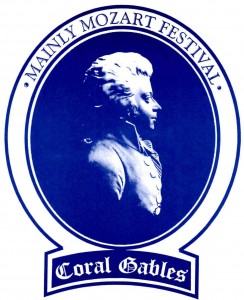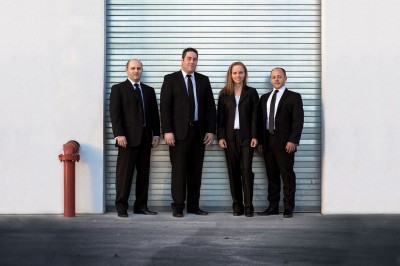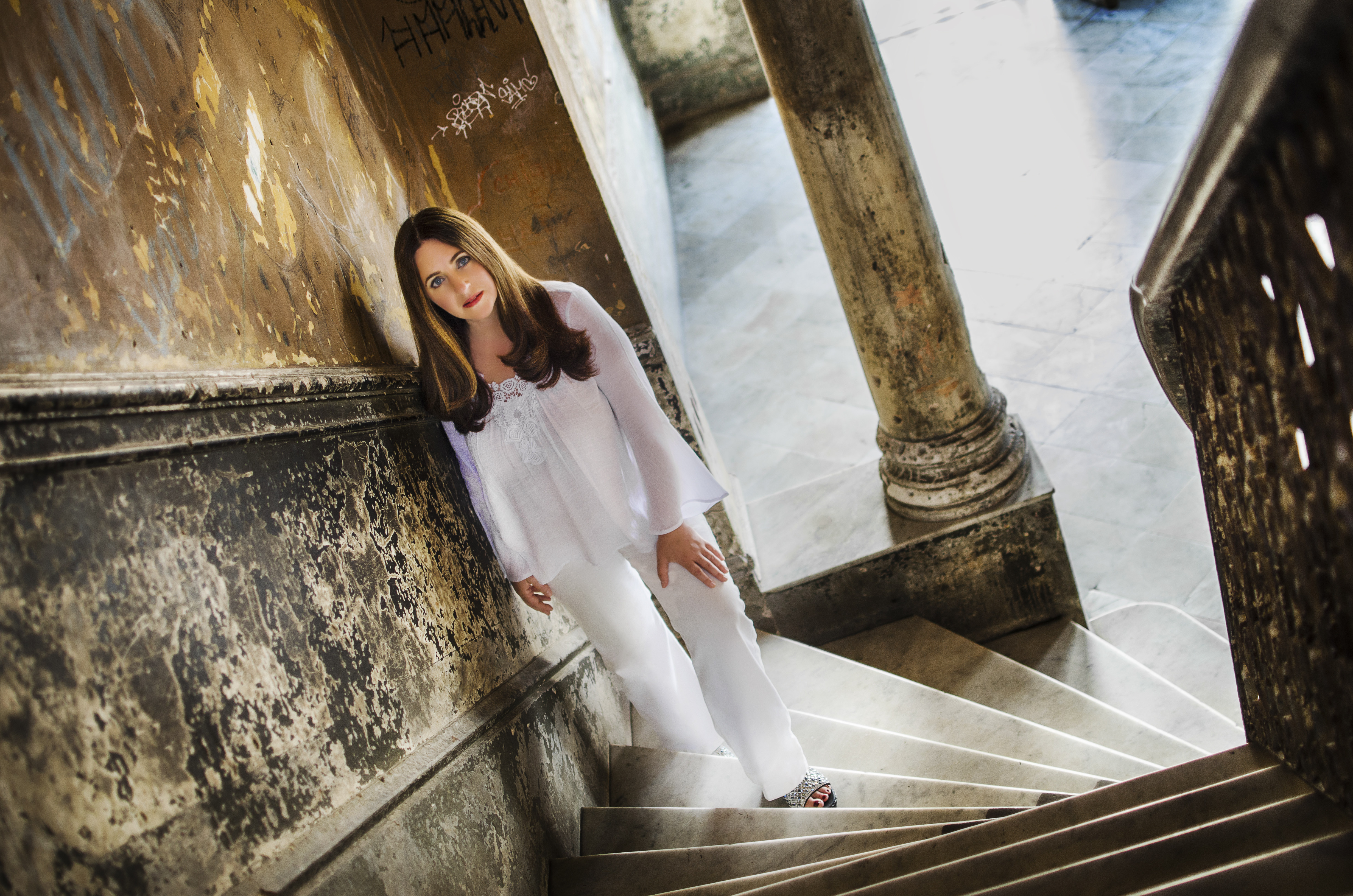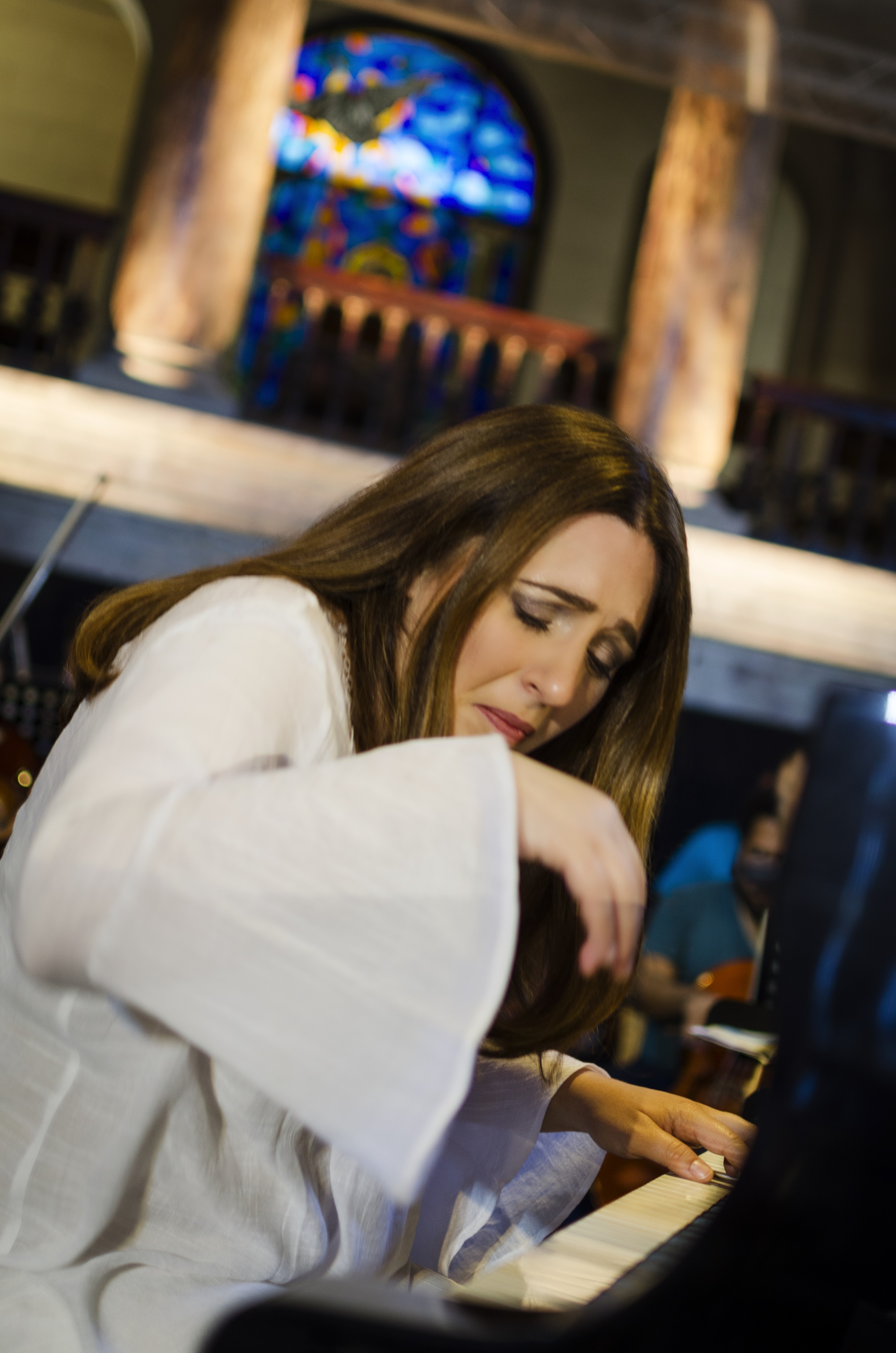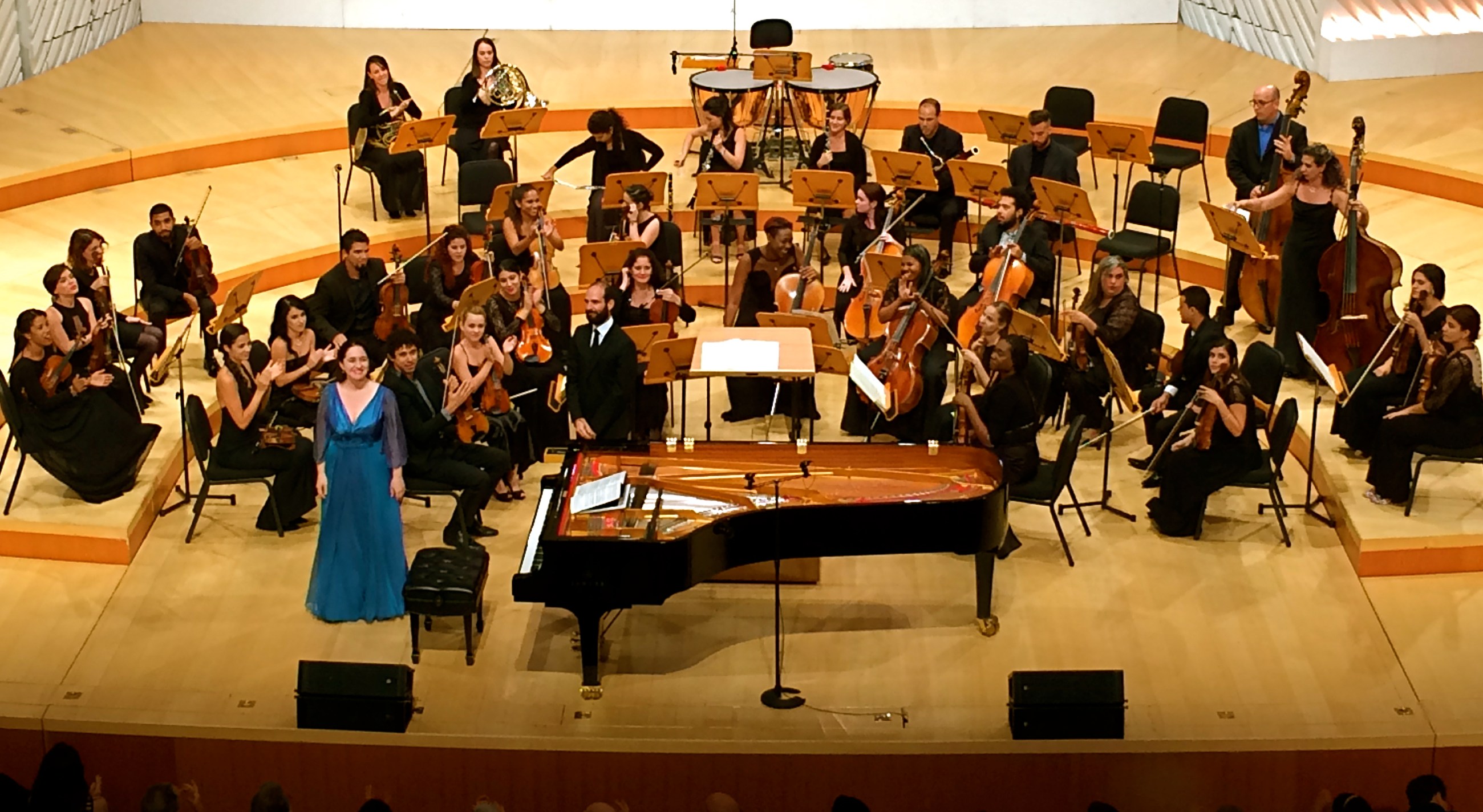
A musical bridge between Miami and Havana
This program is all about the joy of friendship and the possibility of communication between cultures and across time. – Simone Dinnerstein
Miamians turned out in force for “Mozart in Havana,” the South Florida debut of Havana Lyceum Orchestra , under the baton of José Antonio Mendéz Padrón and appearing with its champion pianist Simone Dinnerstein in a refreshing, meaningful performance at Miami Beach’s New World Center. Presented in June 2017 with Knight Foundation support, this Mozart-themed concert closed out the young orchestra’s successful first American tour.
The Miami-Havana connection brought to mind other times of divided peoples with one heart, like the days when there were two Berlins – but the music erased differences via a universal language in which words are not needed. This was the second classical music ensemble from Cuba debuting in Miami this year: the ensemble Ars Longa appeared in March as part of the Tropical Baroque Festival, a collaboration between Florida International University and the Miami Bach Society.
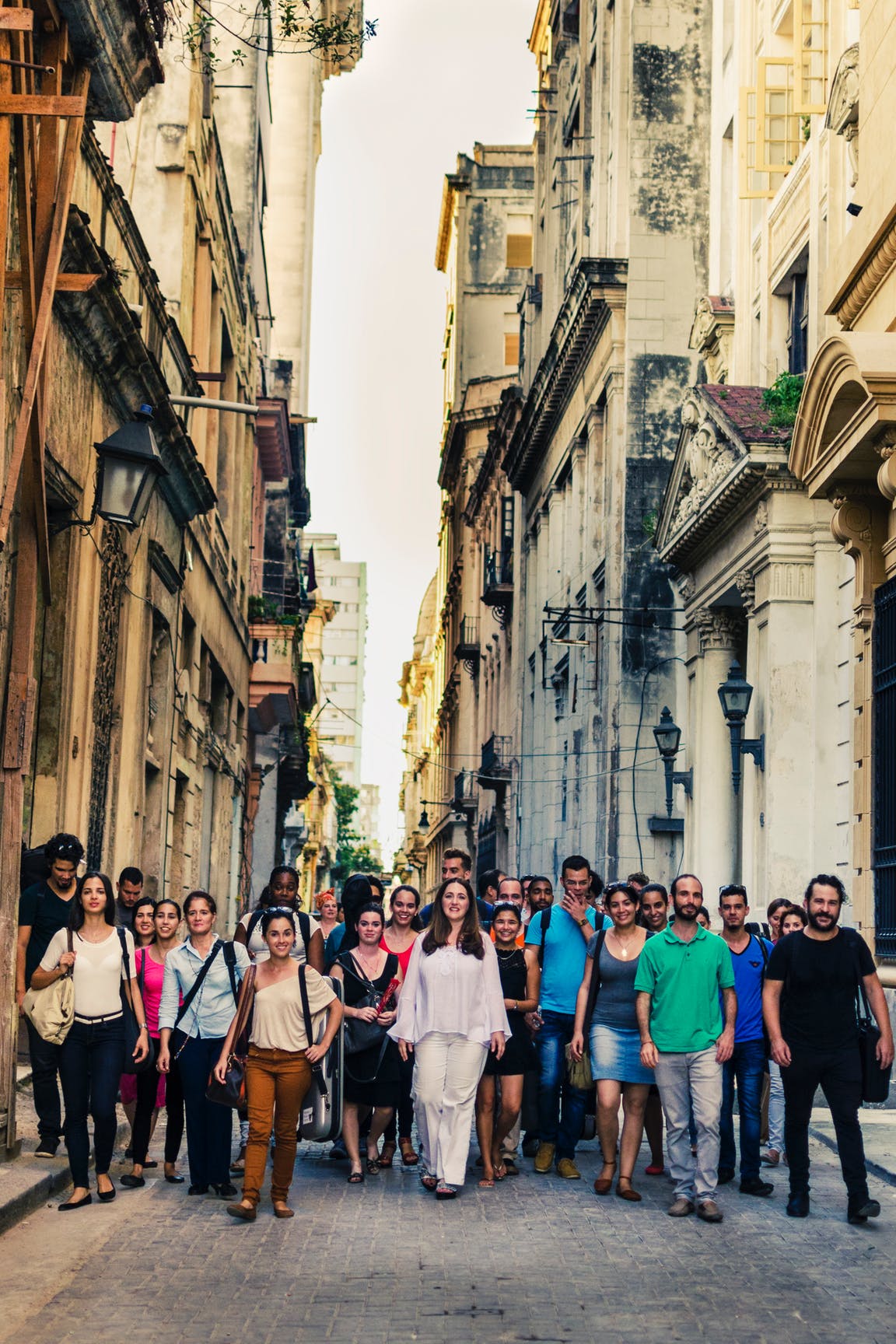
If the uniting element was Mozart, the frame of the extensive program was especially significant. It opened and closed with emblematic pieces from each shore: “Punto y Tonadas,” by Cuban composer Carlos Fariñas, and “Appalachian Spring” by Aaron Copland, who was Fariñas´ teacher at Tanglewood Music Center. The program also included “Cuatro Preludios para Piano” by Colombian Jorge Mejía, now a Miami resident. It was a broad and colorful mosaic that beautifully united material from diverse musical sources.
Four decades after it was written, Fariñas’ delicious overture for strings was a delight. It has plenty of atmosphere, exquisitely evoking daybreak without exotic clichés, reminiscent of the work of Respighi or the Puccini of “Crisantemi.” Meanwhile, Mejia’s world is movies, images, narration and he makes the most of it. The composer himself narrated an introduction to each prelude in Spanish, elucidating his personal journey back to childhood and adolescence, which Dinnerstein portrayed at the piano.
The acid test for pianist and ensemble were the popular Mozart Concertos for Piano Nos. 21 and 23. Pianist and ensemble were both up to the challenge. Since bursting on the classical scene with her performance of the “Goldberg Variations,” Dinnerstein has grown as a performer, something that is evident in her agile and precise fingering, and in the spontaneity and lyricism with which she articulated each movement. Her expression reached its maximum splendor in the sublime Adagio of Concerto No. 23, that intimate conversation between Mozart and who knows who – perhaps the Creator himself – which conjures one of those musical moments that evokes eternity.
The orchestra responded with a vigorous ensemble spirit, perfectly calibrated and attentively conducted by Mendéz Padrón, a subtle but essential component in the evening’s success. He is a director with natural restraint who knows how and when to communicate.
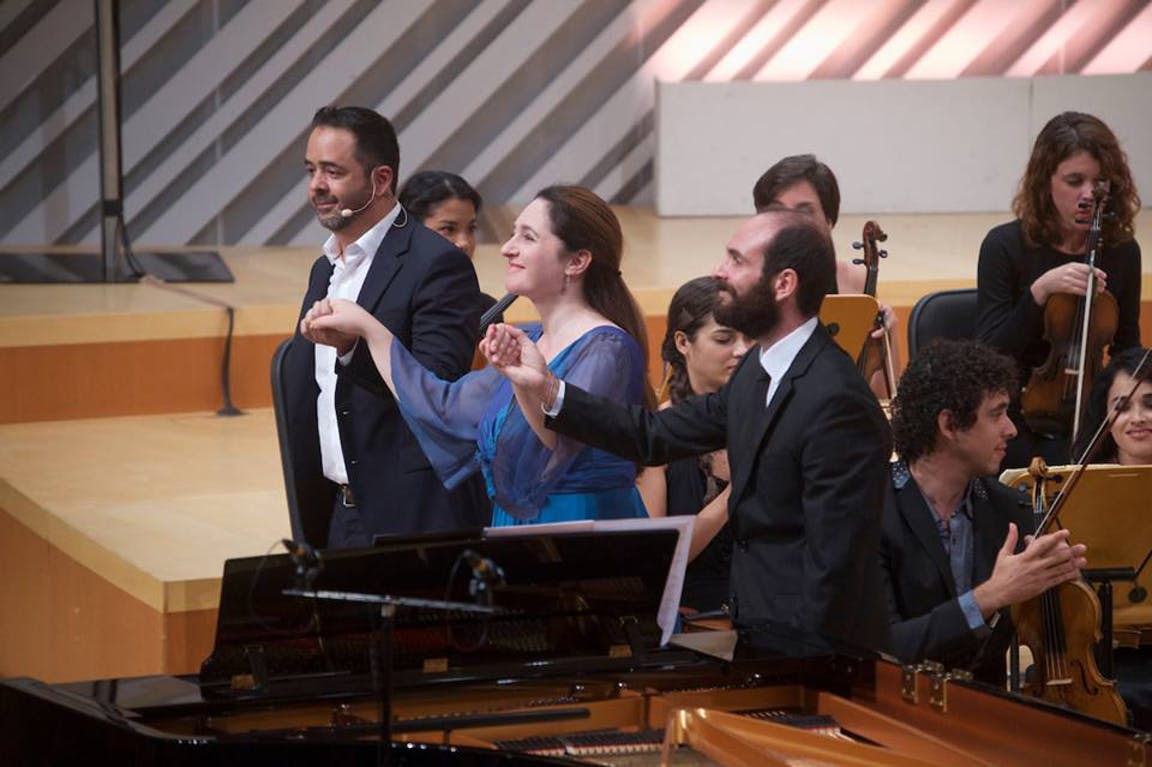
The Havana Lyceum Orchestra has a distinct sound. To modern audiences accustomed to a lush interpretation not always in line with the style of Mozart’s era, the group from Havana might have sounded a bit dry and severe. But its interpretation was authentic and historically informed, transcending the poor quality of the instruments (a challenge for many Cuban musicians) to persuade with the group´s artistic fervor. Dinnerstein used composer Ferruccio Busoni´s cadenzas (virtuoso passages sometimes inserted into compositions), adding a romantic touch that was not out of place and showed her mastery of the instrument.
The chamber version of Copland’s “Appalachian Spring” suite closed the evening, offering a contrast with Fariñas’ colors and imparting a glimpse of the American vastness. There was an excellent contribution by the strings and an effective simplicity in the song “Simple Gifts,” which seemed to reflect in its lyrics the intentions of the evening: “’Tis the gift to be simple/ ‘Tis the gift to be free/’Tis the gift to come down where we ought to be.”
The encore was an exuberant version of “El Manicero,” by Moisés Simón, arranged by violinist Jenny Peña Campo and featuring members of the orchestra singing and moving to the contagious rhythm, as well as a duel between violins and trumpets that engendered jubilation throughout the hall.
In sum, Mozart and his colleagues were the architects of this bridge between peoples and cultures. Beyond the anecdotal, beyond the emotion of the moment, what remains is the music – the foundation and key element of this small miracle.

More Mozart in Miami
-
Arts / Article
-
Arts / Article
-
-
Arts / Article
Dinnerstein and Havana Lyceum Orchestra
- BRIC TV Interview with Simone DinnersteinExternal Content / Website
- Live performance in MA 2017External Content / Website
- Mozart in HavanaExternal Content / Website
- Simone Dinnerstein official websiteExternal Content / Website
- Dinnerstein and HLO’s Naumberg Concert in Central ParkExternal Content / Website
Recent Content
-
Artsarticle ·
-
Artsarticle ·
-
Artsarticle ·
